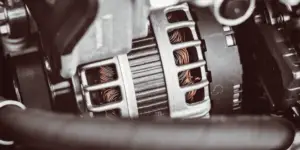It feels like a question we should know the answer to but strangely don’t. You’re not alone, though. Actually, many people ask this question.
So how many brake pads are there per wheel?
There are two brake pads per car wheel. Most brake pads are usually sold in sets of four which is enough to complete a pad replacement on one axle. Replacing the pads on a car, therefore, requires eight brake pads.
How Many Brake Pads Are In a Set?
A set of brake pads is either two or four brake pads – Two brake pads are needed for each wheel, but some manufacturers include a set of four brake pads in a box. This is enough for changing both right and left brake pads on either a car’s front or back wheels.
How Many Rotors On Each Wheel?
All cars have one rotor per wheel. It is common practice to replace both rotors on the same axle to keep braking consistent. Therefore in total, a car has four rotors fitted.
Do You Need to Replace the Brake Rotors At the Same Time?
Brake rotors last longer than pads. Brake rotors last in the region of 70,000 miles.
Brake pads last between 30,000 and 60,000, depending on driving style and the material used in the pad.
Your vehicle has separate front and rear brake rotors. They are not universal. The front rotors fulfill a different function than the rear rotors and are thicker.
The front rotors produce the majority of the braking force and stopping power in your car. The rear ones still stop the car but wear down more slowly.
Do You Need to Replace All Your Brake Pads at Once?
You don’t need to change all your brake pads on all four wheels at the same time. Front pads do wear faster than rear pads, so it is worth considering having the pads on both front wheels changed together.
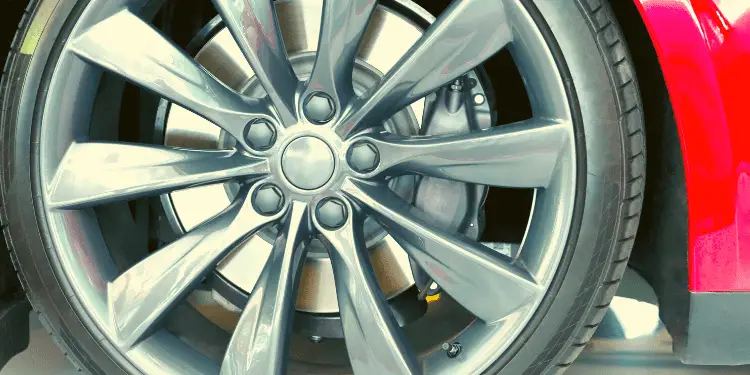
If you have never had to change your vehicle’s pads before, you won’t know when the previous owner changed the pads.
In this case, ask the mechanic to check the pads on all four wheels – it’s very quick to do – and if more than one wheel needs its pads replaced, do them at the same time.
Brake pads are cheap, but labor costs aren’t, so it makes more sense to have one visit to the car shop than go back again in the near future to have more pads fitted.
Can I Mix Ceramic and Normal Brake Pads?
Brake pads come in sets, and it isn’t advisable to mix pads between ceramic and regular organic or metallic ones.
The clips that hold the brake pads in place may not be as tight on one side, and this will cause poor brake performance on one wheel. You may also notice rubbing and screeching noises as the pads rub against the rotor.

Use one type of brake pad on each wheel. If you consider using one type of brake pad on one wheel and another material on the other wheels, this shouldn’t create any real problems.
It’s worth remembering that ceramic pads do last longer and often have greater stopping power, so if you notice a change in braking efficiency and have different types of pads on one wheel, this could be a reason.
Are Front and Rear Brake Pads The Same?
Front and rear brake pads are not the same and are not interchangeable. The calipers are different, as is the shape of the pads.
You’ll soon know if you’re trying to attach front pads to rear calipers and vice versa, as they won’t fit.
Are Brake Pads Specific To Each Car?
Brake pads are not specific to each car. Often a car manufacturer will partner with a brake manufacturer as it makes better financial sense than developing a brand new design themselves.
It’s becoming more common for two or more car manufacturers to share the design of build costs of more highly engineered parts, such as a car engine.
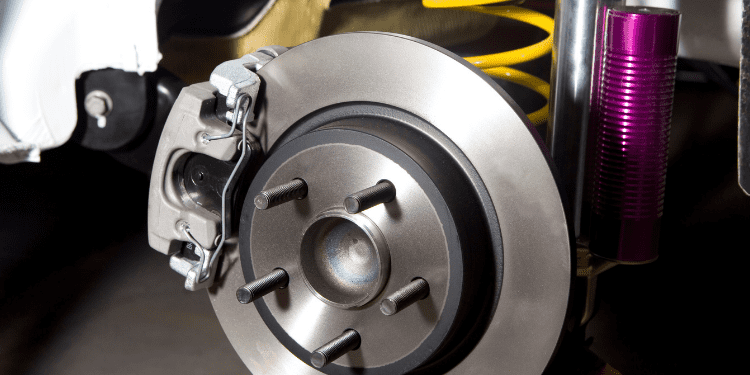
Often a car brand is owned by another.
Many of the parts within these brands will be interchangeable.
If you search for brake pads online, the pads that fit your car will also be suitable for other car brands owned by a parent company. For instance, VW owns Seat, Skoda, Audi, and Porsche, and many brake pads will fit all these brands.
Are Lifetime Brake Pads Worth It?
If you plan to keep your vehicle for many years, then yes. If you drive less than 12,000 miles a year and plan to sell the car within three years, then no.
Remember, brake pads generally last over 30,000 miles.
Some brake manufacturers and car repair shops will supply new pads under a lifetime offer but still charge for the labor costs of replacing them.
It’s worth looking at the terms and conditions of these offers as sometimes the replacement brake pads that are fitted will be of a lower standard in terms of stopping power than you would like.
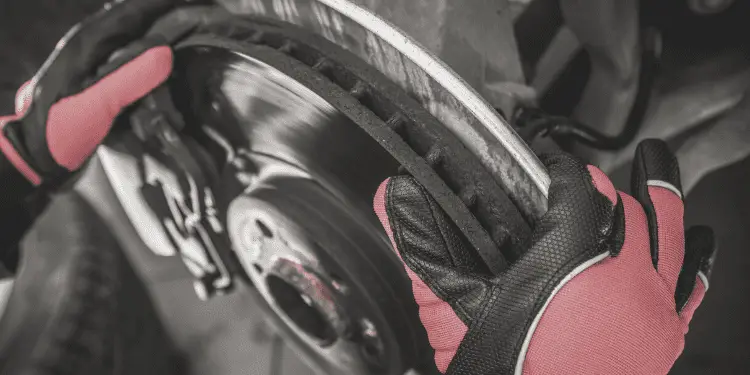
Some lifetime brake pad offers will only honor the agreement if the person that initially bought the brake pads still owns the car. Others – much rarer – will allow a car’s new owner to use the offer that the previous owner signed up too.
How Many Brake Rotors Are There Per Wheel?
Almost all modern cars have one brake rotor per wheel. In total, a car has four brake rotors fitted.
Some much older cars that have drum brakes fitted don’t have rotors at all.
This is becoming rare.
- Each car wheel needs two brake pads.
- A set of brake pads usually means two (enough for one wheel), but sometimes four pads which are enough for two wheels. Check the details on the packaging to be sure.
- Front brake pads are different from rear pads and won’t fit, and vice versa.
- You may notice a slight difference in stopping power between wheels that have ceramic or organic pads fitted.
- You don’t need to change all your brake pads at once, but often if inspected, it’ll be found the other wheel on that axle also needs replacement pads too.
- Generally, lifetime pads are worth it if you intend to keep the car for over three years.
In conclusion
All cars have two brake pads per wheel. This means that each car has eight brake pads in total. Each wheel also has one rotor in modern cars, so four in total for the car. All cars have one brake caliper per wheel – as long as the car has pads and rotors and not the older style drum brakes.



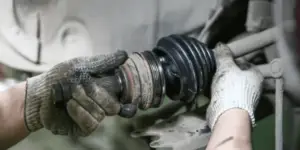

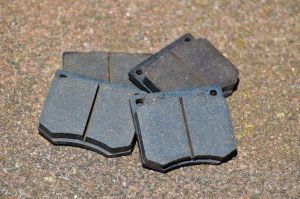
![Car Making A Grinding Noise When You Accelerate? [Solved] Rev-counter](https://carzaza.com/wp-content/uploads/2023/12/Rev-counter-300x150.png)
